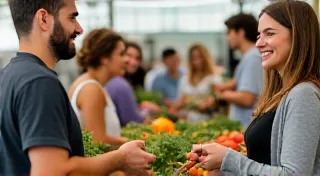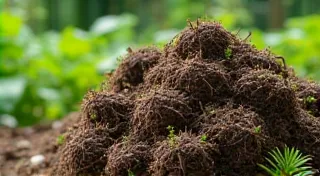Reducing Food Waste: Practical Tips for a More Sustainable Kitchen
Did you know that a significant portion of food is wasted? It's a global problem with devastating environmental and economic consequences. From the resources used to grow and transport food to the methane released in landfills, food waste contributes significantly to climate change. But the good news is, we can all make a difference! This article provides simple strategies to minimize food waste and make the most of your groceries, contributing to a more sustainable kitchen and a healthier planet. Let's dive into practical tips for a zero waste kitchen.
Understanding the Scale of the Problem
The statistics surrounding food waste are staggering. Globally, roughly one-third of all food produced for human consumption is lost or wasted. In developed countries, much of this waste happens at the consumer level – in our homes. Think about it: forgotten produce in the crisper drawer, leftovers languishing in the fridge, or perfectly good food thrown away simply because it’s “expired” (more on that later!). Reducing food waste isn't just about saving money; it’s a crucial component of sustainable living and environmentalism.
Planning and Smart Grocery Shopping
The foundation of a zero waste kitchen starts with mindful planning. Here’s how to make your grocery shopping more sustainable:
- Meal Planning: Spend a few minutes each week planning your meals. This gives you a clear idea of what you need to buy, preventing impulse purchases that often end up wasted.
- Make a List and Stick to It: A list is your best friend. Before heading to the store, check your fridge and pantry and create a shopping list based on your meal plan.
- Shop Your Pantry First: Before buying anything new, take inventory of what you already have. You might be surprised at the forgotten ingredients you can use!
- Consider Imperfect Produce: Many grocery stores offer "ugly" or "imperfect" produce at a discounted price. These fruits and vegetables are perfectly edible but might not meet cosmetic standards. Support this initiative and reduce food waste!
- Buy in Bulk (When It Makes Sense): Buying staples like grains, beans, and nuts in bulk reduces packaging waste and often saves money. However, be realistic about how much you're going to use before they expire.
- Smaller Portions: For perishable items, consider smaller packages or buying from farmers' markets where you can often purchase just what you need.
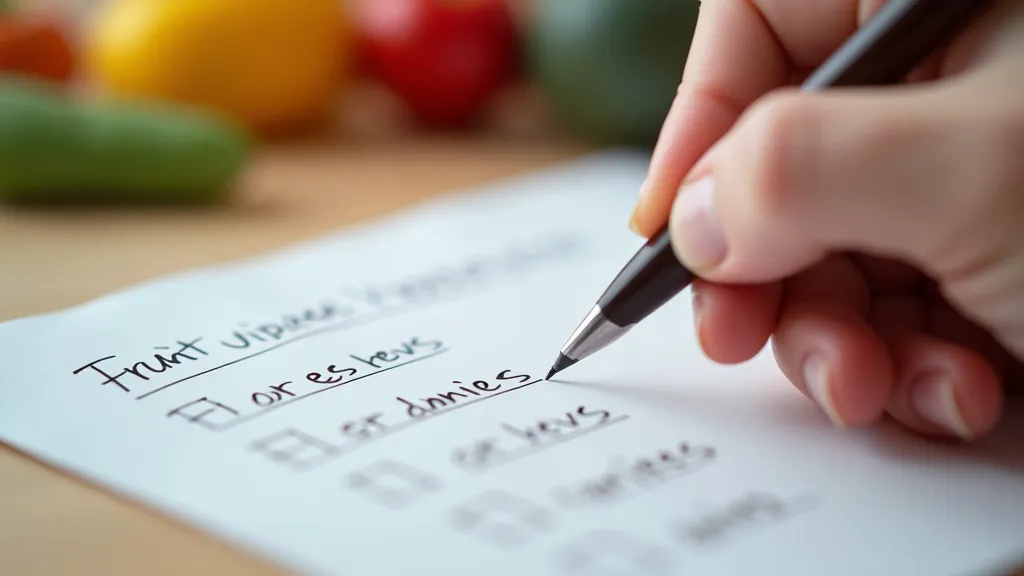
Decoding Dates: "Best By," "Use By," and "Sell By"
Confusion around food date labels is a major contributor to food waste. Here’s a breakdown to help you understand the difference:
- "Best By" or "Best If Used By": This indicates peak quality and flavor. The food is still safe to eat after this date, though the quality might decline.
- "Use By": This date is more critical, particularly for perishable items like meat and dairy. While the food *might* be safe shortly after this date, it’s best to consume it before.
- "Sell By": This date is for retailers to manage inventory and doesn't indicate safety for consumers.
Trust your senses! Smell, look, and taste (a tiny bit) to determine if food is still good, even if it's past the date on the label.
Storage Solutions for Longevity
Proper food storage is essential for extending the lifespan of your groceries. Here are some tips:
- Understand Your Fridge: Different areas of your refrigerator have different temperatures. Store milk and dairy on the coldest shelves, fruits and vegetables in the crisper drawers (adjust humidity settings as needed), and meat on the bottom shelf.
- Airtight Containers: Transfer leftovers and opened packages to airtight containers. This helps prevent spoilage and keeps food fresh longer.
- Freezing Power: Freezing is your friend! Many fruits, vegetables, cooked meals, and even bread can be frozen to extend their shelf life significantly.
- Revive Wilted Produce: Don't toss wilted vegetables! Soak them in cold water to rehydrate them and give them a second life.
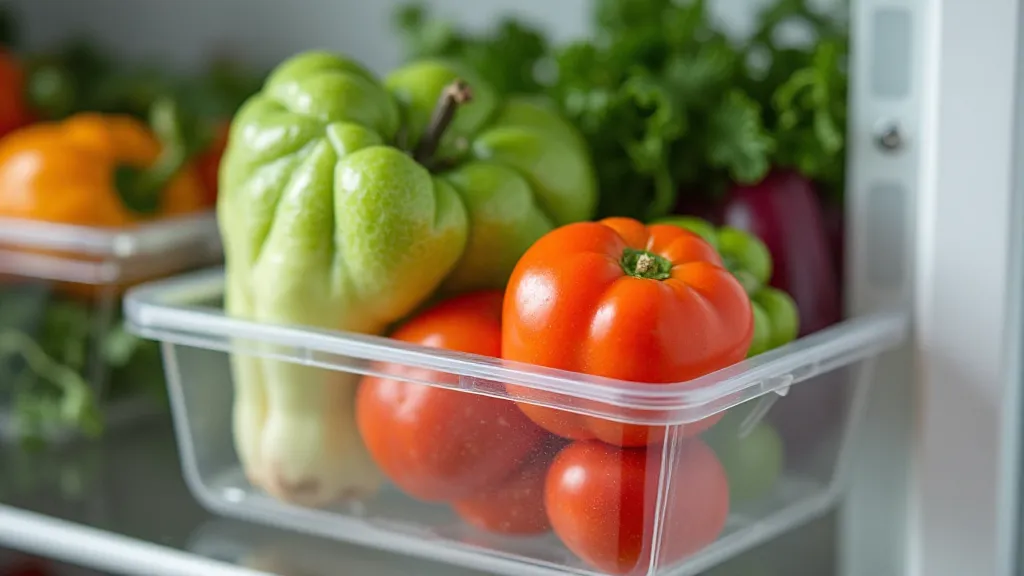
Creative Leftover Transformation
Leftovers don's have to be boring! Get creative with transforming them into delicious new meals:
- Soup's On: Vegetable scraps can be used to make flavorful vegetable stock. Leftover cooked vegetables can be added to soups and stews.
- Frittatas and Quiches: Use leftover vegetables, cheese, and cooked meat to make a hearty frittata or quiche.
- Stir-fries: Leftover cooked meats and vegetables are perfect for stir-fries.
- Smoothies: Freeze overripe fruits and use them to make smoothies.
Composting: The Final Step
Even with the best efforts, some food scraps are inevitable. Composting is a fantastic way to turn these scraps into nutrient-rich soil for your garden. If you don't have a garden, you can often find local composting programs that accept food scraps.
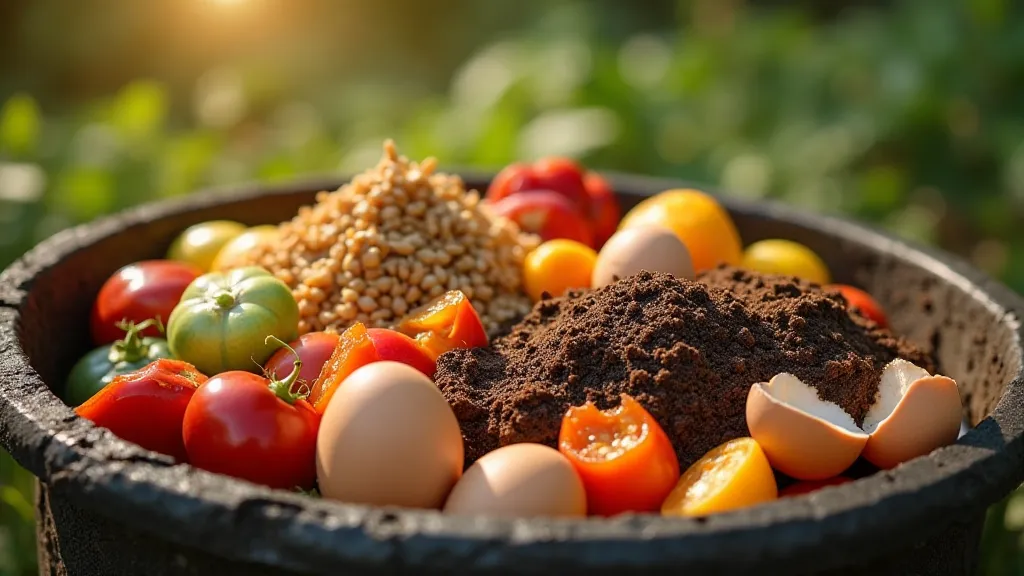
Making a Difference, One Meal at a Time
Reducing food waste is a journey, not a destination. By implementing these simple tips, you can significantly reduce your environmental impact, save money, and contribute to a more sustainable future. Every small change makes a difference. Embrace the challenge and start creating a zero waste kitchen today!


